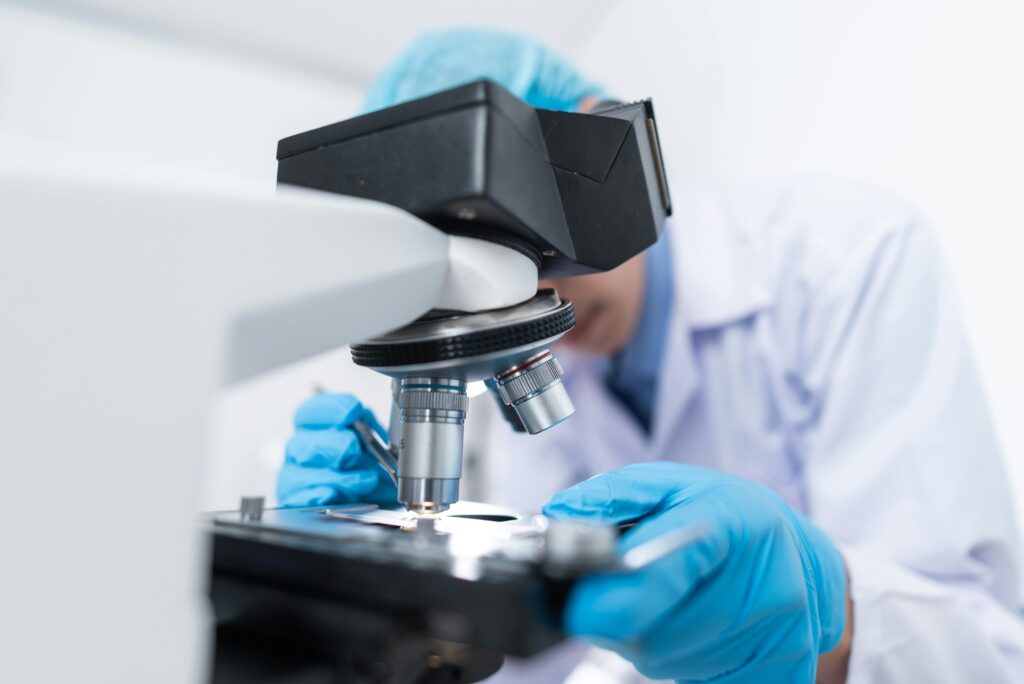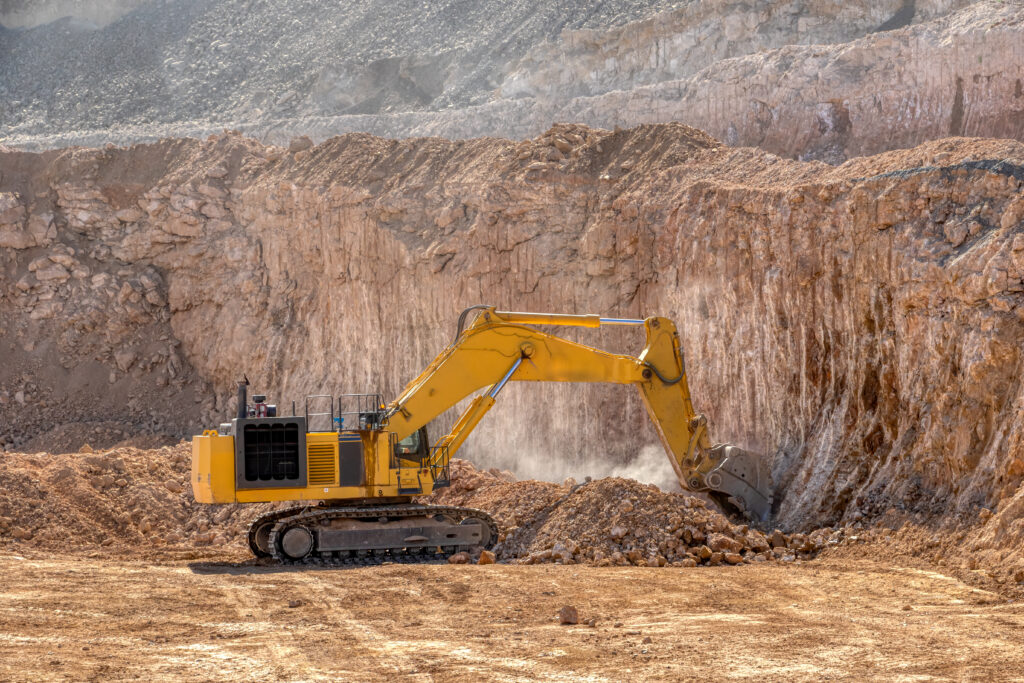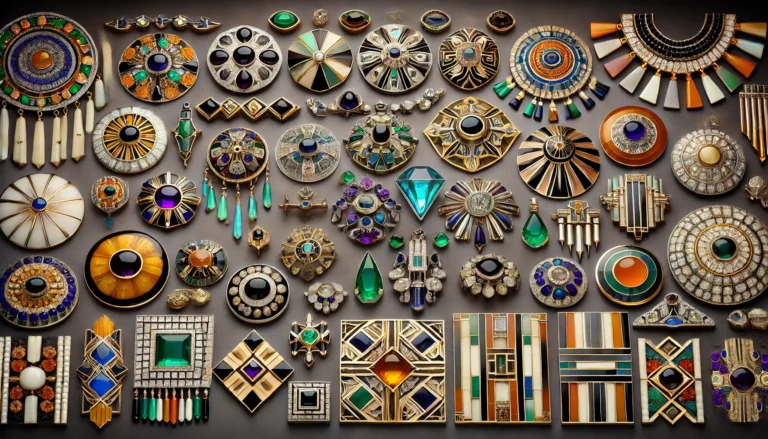
It’s been over 70 years that we have started to make synthetic diamonds, but what is the difference between them and natural ones? The distinctions and resemblances between laboratory-grown diamonds and natural diamonds stimulated considerable debate and interest.
Diamonds symbolize eternal beauty and have long been celebrated for their rarity. However, their extraction and process to reach the final customer presents significant challenges. Over the years there have been questions about the sustainability of the mining and ore processing of diamonds. In recent years, lab-grown diamonds have developed, sparking debate upon their sustainability and similarity to natural diamonds.
The Processes
There are two main processes that use technological advancements to create synthetic diamonds: High-Pressure High-Temperature (HPHT) and Chemical Vapor Deposition (CVP). The HPHT method resembles the high pressure and heat environment natural diamonds form in. Contrarily, natural diamonds form deep within the Earth. There are many different mining methods used for extraction and numerous processes a diamond must go through before reaching the customer.

Despite the belief that lab-grown diamonds are not the same, the only significant differences stand in their origin: natural diamonds are extracted from underneath the Earth’s surface and their process is much lengthier, however lab-grown diamonds are chemically, physically and optically identical to natural ones.
Sustainability
Are lab-grown diamonds more sustainable? Can we develop more sustainable practices?
Given that the lab-grown process must replicate extreme pressure and heat to develop diamonds, a high amount of energy is necessary, which comes along with various environmental impacts. However, thanks to technological advancements, many companies are able to shift from traditional to renewable energy, decreasing the negative environmental effects. Unlike natural diamonds, resource use is not as abundant. Diamond mining uses extensive areas of water and land, disrupting habitats and ruining the soil.
Furthermore, lab-grown diamonds require controlled environments with high use of technology, leading to safe working conditions and higher wages, a stark contrast to the issues prevalent in diamond mining. Nonetheless, the Kimberly Process has promoted ethical and more sustainable practices within the diamond industry. Its primary goal of preventing the flow of conflict of diamonds has reduced many negative impacts diamond mining has created. In many countries, such as Botswana and Angola, the diamond industry and diamond mining has had a significant impact on the local community through employment opportunities and substantial contributions to GDP.
Rarity and Price
While lab-grown and natural diamonds appear as identical, their prices differ significantly.
Although lab-grown diamonds are increasing in popularity, the demand for natural ones remains substantially higher. Natural diamonds have been around for centuries and have built a reputation of royalty and luxury, making them highly aspirational. So would producing them in a lab change consumers’ minds on their special appeal? However, lab-grown diamonds offer a unique potential for innovation, something rarely encountered in the natural diamond production process. This capacity for innovation and customization presents new opportunities for the industry and could reshape the way we perceive the value of diamonds.
Conclusion
It is difficult to predict future trends on consumers’ preferences as both, natural and lab-grown diamonds, present their pros and cons, however technology advancements could increase lab-grown diamonds’ share in the industry. When it comes to sustainable practices, both processes could be further improved from an environmental, ethical, social and economic point of view.
So, do you think natural diamond buyers will eventually transition to purchasing lab-grown diamonds?




